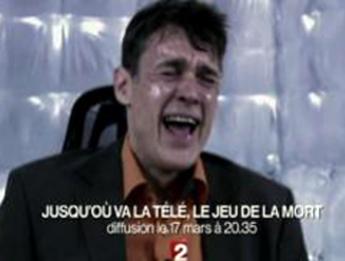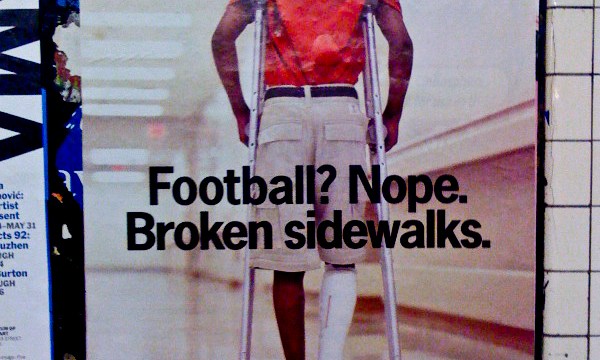Yes, Television Can Make You Evil

In the 1960’s and 70’s, with Americans worried about Communist hordes and Nazism a living memory, many feared that people are just naturally sheep—all too ready to conform, cower and obey.
Crime news and psychology experiments supplied what the psychologists Rachel Manning, Mark Levine and Alan Collins have identified as parables of a secular religion: People are bad because they conform. There was the story of 38 neighbors who ignored the screams of Kitty Genovese as she was being murdered. The university students who, just by simulating the role of “prison guard,” became monsters. And, most famous of all, the tale of people delivering (they thought) dangerous electric shocks to a stranger—because they were ordered to. Repeated over and over, these tales simultaneously teach an explanation of human depravity and supply supposedly iron-clad proof.
Today, though, the biggest threats to society aren’t obedient clones. They’re people who insist on “doing their own thing,” from idiots who won’t recycle to lone wolves who express their political convictions by flying airplanes into buildings. And so we can now admit that none of these 20th-century folktales about conformity is what it seems.
Those awful 38 people who ignored Kitty Genovese, for example, didn’t exist (as Manning, Levine and Collins showed in this paper). And the story of students turning into brutal guards during Philip Zimbardo’s famous “Stanford Prison Experiment” ignores two facts, as Alex Haslam and Stephen Reicher noted when they reproduced the experiment a few years ago: First, there was a lot of individual variation among the “guards,” with some refusing to abuse prisoners. Second, Zimbardo, their trusted professor, primed the guards to go medieval in the way he explained their roles to them.
Last Wednesday, a new parable was born on France 2, one of France’s national networks: the documentary “Le Jeu de la Mort” demonstrated again that people are all too willing to torture a stranger. But they didn’t do it out of blind conformity or slavish obedience to authority. They did it because they trust television..
Christophe Nick’s documentary was a modern version of the “shock-the-stranger” experiments, first performed by Stanley Milgram in 1963 (you can read the pdf of Milgram’s first published paper here.) Milgram’s 40 volunteers, all men, thought they were giving a memory test to another volunteer sitting in a room next door. For every wrong answer, they were to push a button that jolted the other person with an electric shock. Even though they could clearly see that the shocks were getting stronger (from 15 volts, labeled “Slight Shock” to “Danger: Severe Shock” at 450 volts), all 40 went well beyond 195 volts (“very strong shock”). In fact, every one went beyond 300 volts, and 65 percent went beyond 450. The supposed experimenter simply nudged them now and then, saying things like “please go on” or “you have no choice.” (In reality, of course, the “victim” was in on the deception, and not hurt.)
Horrifying, in most retellings. But, as Cass Sunstein has argued, Milgram’s volunteers weren’t obeying like automatons. They were making a conscious choice to take the advice of someone whose credentials and good will they were supposed to trust.
That’s what happened on “Le Jeu de la Mort.” The 80 “contestants” thought they were taking part in a television pilot. The “host,” gently encouraging them to keep playing the game, was familiar TV meteorologist. A studio audience was yelling and clapping the way audiences do. Everything about the situation sent the message televisions have been beaming into all our brains since infancy: Trust us.
One contestant explained: “I was told ‘you must do this’ and I thought to myself, these guys know what they’re doing. I did think that guy was roasting in there. But that was not my problem, eh?”
In fact, television’s power to invoke trust is stronger than science’s was, even in the pre-protest, unskeptical early 1960’s: Milgram’s fake scientist could only persuade 65 percent of the participants to go all the way to the most extreme end of the shock-scale. The fake game show, though, scored more than 80 percent.





